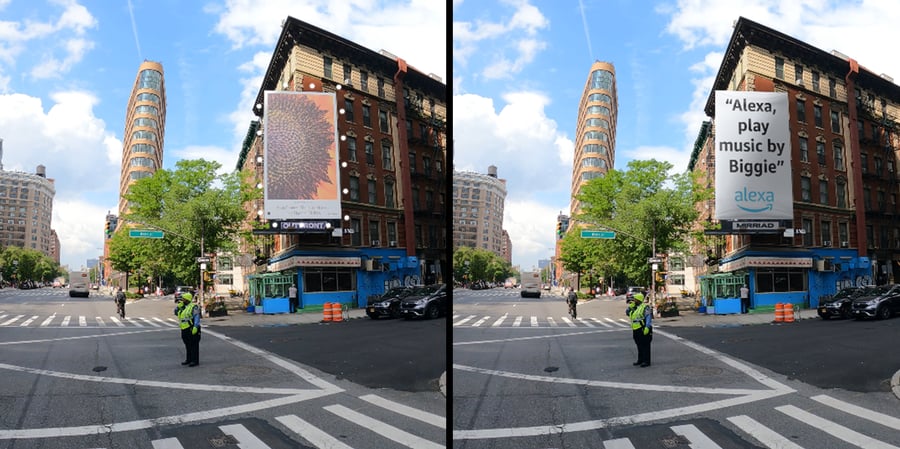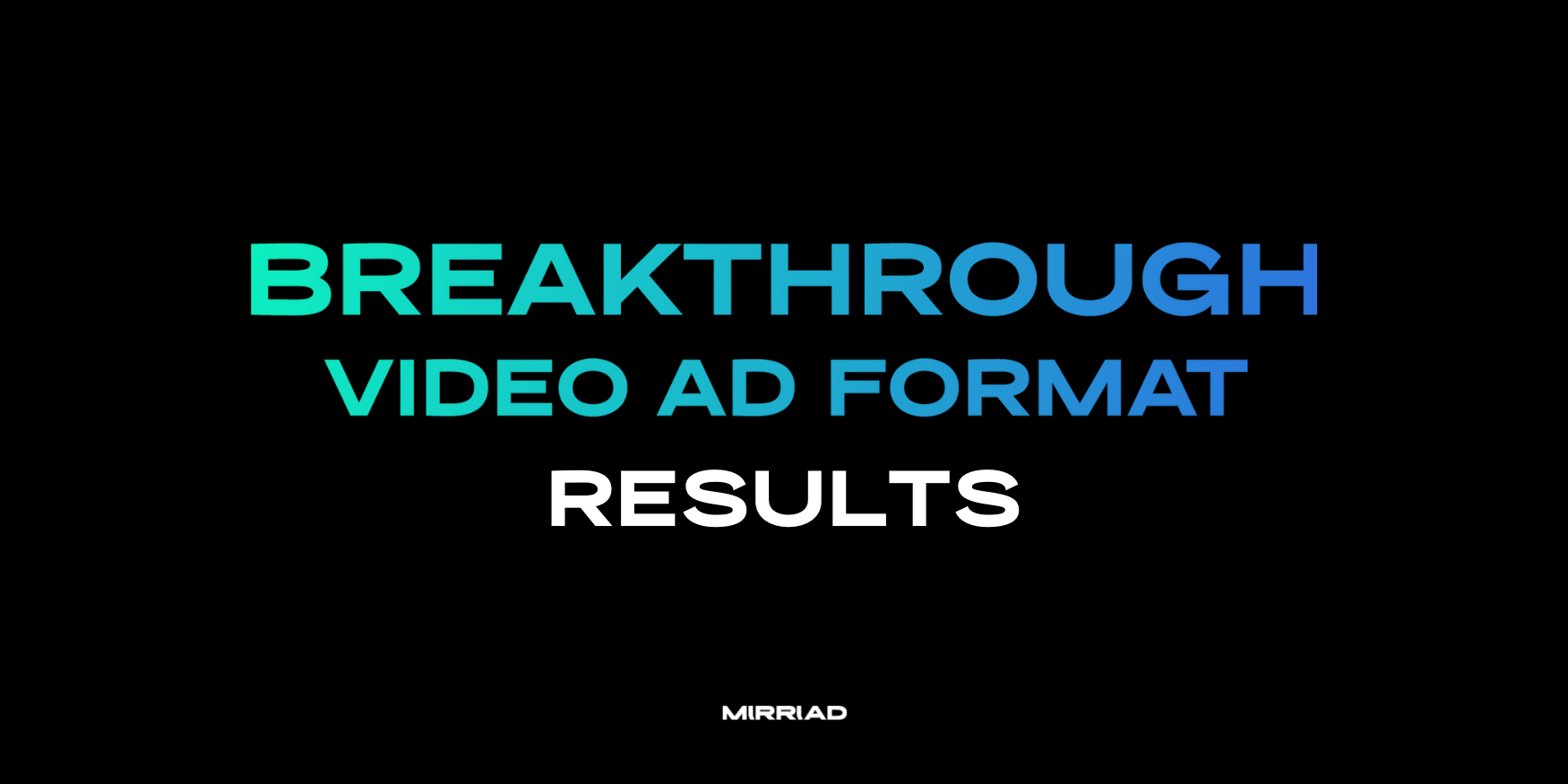Advertisers are always on the lookout for new and innovative ways to reach consumers, and in-content advertising is one of the most advantageous ways to do so.
Read on to discover the top four benefits (among many) of in-content advertising for brands looking to start the new year with a bang.
DIVERSIFY YOUR CHANNEL MIX
With the ever-evolving digital landscape and the proliferation of new media channels, brands need to be agile in their marketing strategies if they hope to capture consumer attention.
Rather than simply replacing the old with the new, in-content advertising is increasingly becoming a strategic addition to traditional advertising placements such as billboards, TV spots and magazines.
Cross-channel marketing creates a cohesive and personalised customer journey by promoting a brand consistently across multiple digital marketing platforms. By strategically placing ads within a consumer’s chosen content, brands are able to reach viewers through new channels, such as streaming platforms, which don’t host traditional TV ad spots.
Not only can cross-channel marketing expand a brand’s reach, we know it can also transform its results. Recent Kantar research found that complementing traditional TV ad campaigns with in-content advertising significantly amplified all essential brand metrics, including ad awareness, product consumption and overall spend.
Additionally, in-content advertising helps businesses better measure the success of their campaigns by providing detailed insights into user engagement and ROI. By leveraging these metrics, they can refine their strategy and adjust future placements accordingly.
All this makes in-content advertising an invaluable tool for any media planner looking to reach their current audience in new places.
ENJOY GREATER FLEXIBILITY
In-content advertising uses emerging technology to insert digitally rendered products, billboards or logos into video content after it has been filmed. As a result, virtual product placement can be delivered in an incredibly flexible and scalable manner.
While traditional advertising formats such as TV spots and print ads need to be organized months in advance, in-content advertising can be rolled out across a huge range of content at speed, reaching the eyes of consumers much quicker.
In-content advertising also gives brands the ability to action swift changes to keep pace with new trends and maintain cultural relevance. Virtual product placements can be updated, edited, and revised with minimal time or effort.
As a result, brands have the flexibility to respond to current events or changing market conditions, crafting timely messaging that may have a greater impact than a static ad campaign.
EXPAND YOUR REACH
In a world where ad blockers are increasingly cutting off more traditional advertising formats, brands are always looking to expand their reach, tap into new audiences, and nurture brand recognition within specific target markets.
Streaming content represents one such opportunity for advertisers looking to reach consumers. A multitude of platforms offer on-demand content to millions of active users every month, without any ad breaks to host traditional TV spots.
In-content advertising offers brands an unmatched opportunity to get their messages out to a broad demographic of actively engaged viewers on streaming platforms. Not only can media planners target specific demographics by including ads in particular content, they can also use data to target audiences for better addressability.
Streamed content even makes it possible for media planners to track ad performance in real-time and adjust campaigns accordingly, providing further flexibility and insight.
TAP INTO AUDIENCE EMOTIONS
As consumer expectations continue to evolve, traditional advertising formats are looking for new ways to deliver a punch. In contrast, in-content advertising allows brands to reach their audience in an non disruptive manner, meaning virtual placements can benefit from emotional drivers within the content itself.
In a recent Kantar report, Senior Director Duncan Southgate explains: “Seamless integration into familiar content ensures high consumer receptivity and acceptance, while also being highly noticeable and impactful.”
Unlike video ads, which appear before, during or after content, in-content advertising allows advertisers to reach audiences without disrupting the viewing experience, and exercise precise control over the placement of their message. This means that adverts can be strategically placed at the exact moment that’s most likely to engage viewers and create a lasting impact.
Unsurprisingly, viewers are more likely to remember messages when they are integrated into content that interests them. As a result, in-content advertising has been shown to be more effective at engaging viewers than traditional advertisements.
When advertisements are perceived to be an organic part of an individual’s favorite content, branded messaging closely aligns with the interests of the audience, creating value for advertisers and consumers alike by providing a positive, more enjoyable experience.
Not only does this create a better interaction for viewers, but it also helps brands to build strong relationships with their audience through long term engagement and shared values.
DISCOVER IN-CONTENT ADVERTISING WITH MIRRIAD
Brands are finding that MIrriad’s in-content advertising technology provides them with unprecedented access to highly engaged viewers and targeted audiences. By using our innovative technology, brands can gain increased visibility, higher customer engagement, better ROI for their media campaigns, and an improved viewer experience overall.
Contact us to find out more, and transform your media planning in 2023.



.png)